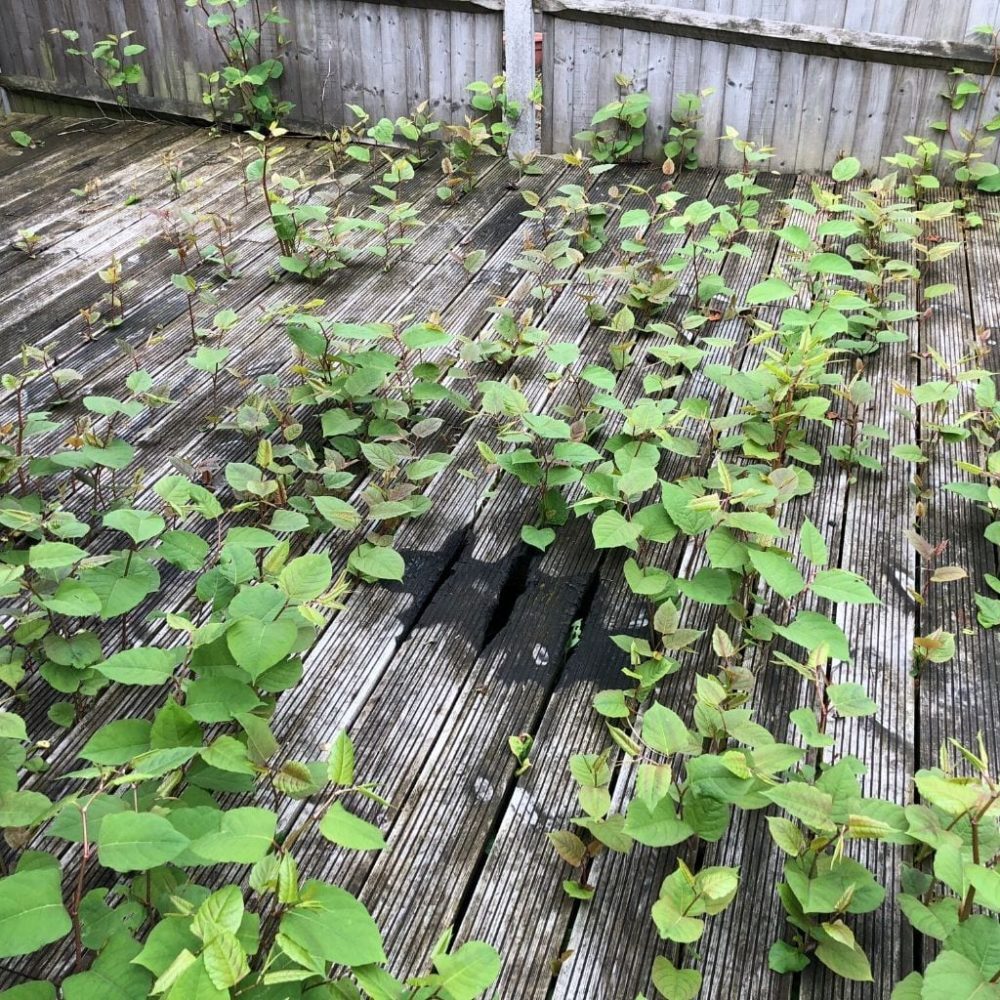Japanese Knotweed Damage: Understanding the Impact
Japanese Knotweed is a highly invasive plant that can cause extensive damage to both properties and the environment. It grows rapidly, with a strong root system that can penetrate through various surfaces, leading to structural issues and financial burdens. Here’s what you need to know about the damage caused by Japanese Knotweed:
What is Knotweed Damage?
Knotweed damage refers to the impact of Japanese Knotweed on properties, infrastructure, and landscapes. The plant’s roots, known as rhizomes, are incredibly strong and can grow through concrete, brickwork, and asphalt, leading to cracks and instability. It also disrupts drainage systems and gardens, outcompeting native plants and damaging local ecosystems.




